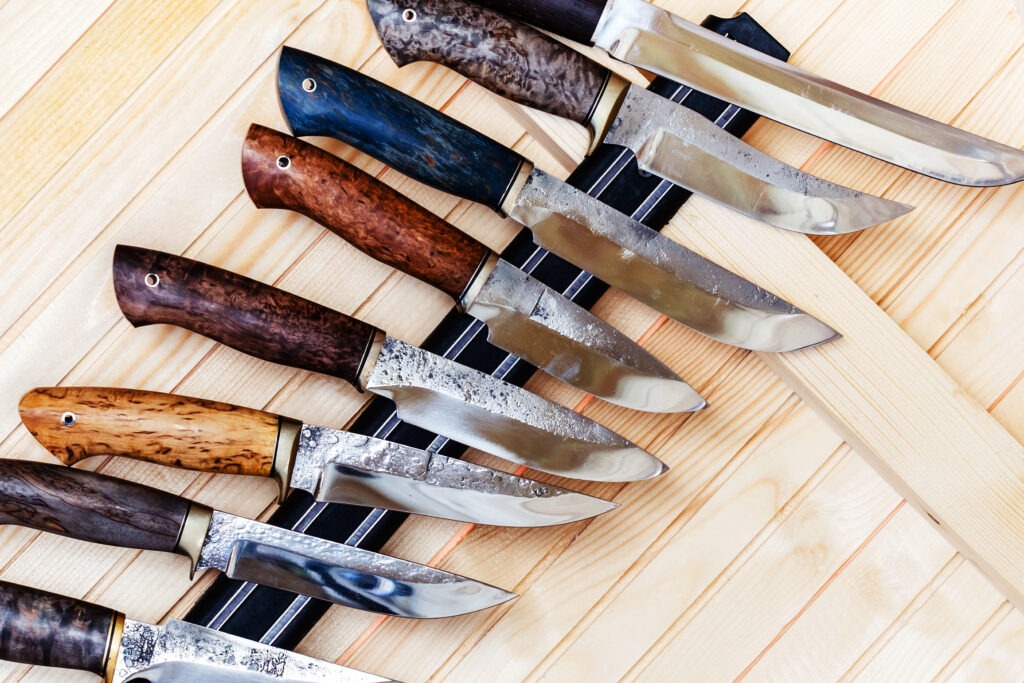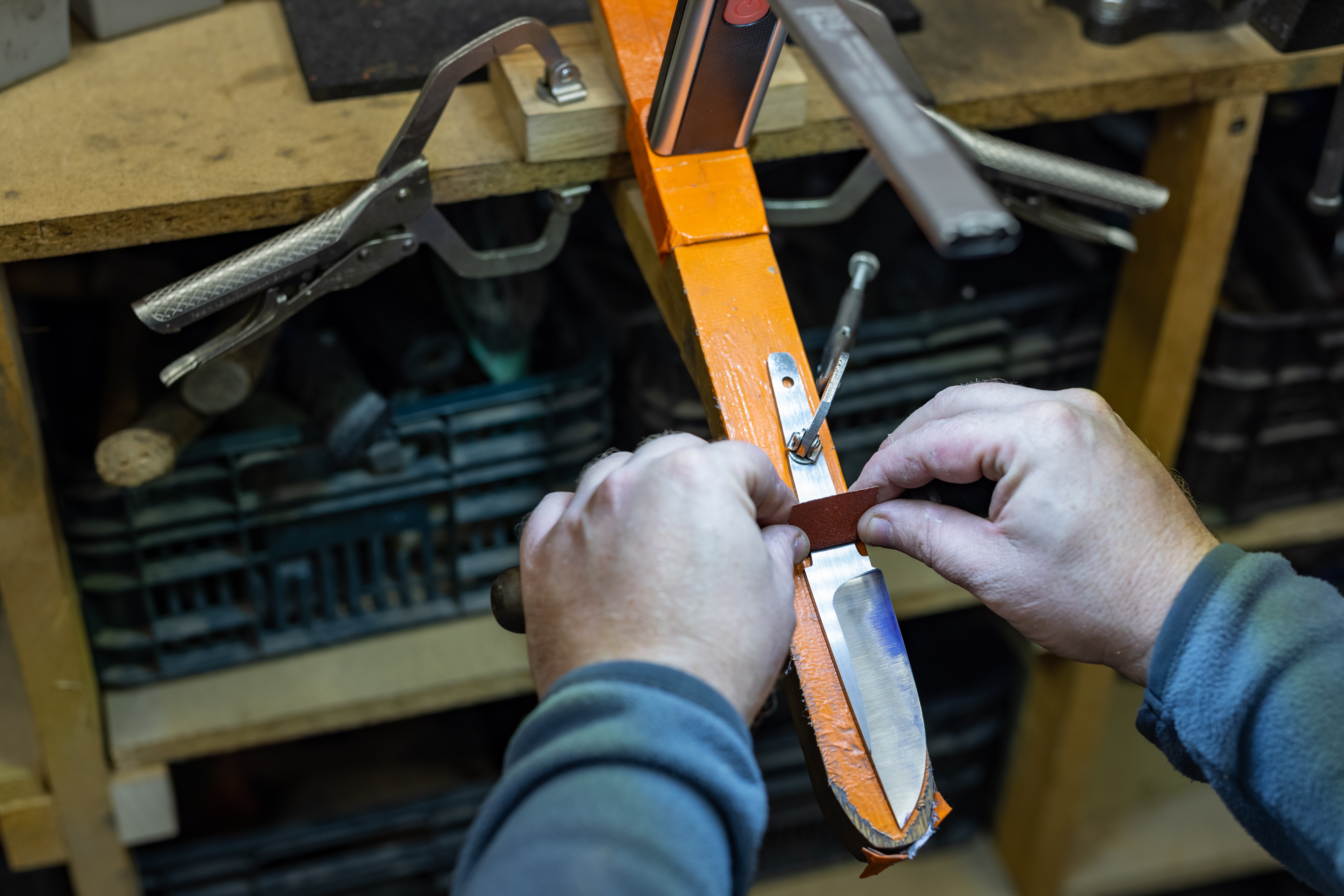Cutlery
NEO-FUGU®: precision ERP for cutlery manufacturers.
NEO-FUGU® supports cutlery manufacturers by meeting the specific challenges of a sector that combines tradition and innovation. From the management of high-end materials, such as specialized steels and wooden or composite handles, to the optimization of production steps, our ERP ensures complete traceability and fluid planning. With its dedicated functionalities, NEO-FUGU® helps knifemakers to perfect their processes while enhancing their craft and industrial know-how.
The cutler’s work combines technical expertise and creativity. Each piece we create is unique, requiring a mastery of materials and forging and assembly techniques. The cutler selects the most suitable steels, shapes and forges them to produce solid, long-lasting and perfectly accurate blades.
The cutler not only works the blade, but also creates handles that are both ergonomic and aesthetically pleasing, often made from rare woods, horn or modern materials. Polishing and finishing are essential stages in the manufacture of a knife, as they guarantee not only the beauty of the object but also its robustness and functionality.
Thanks to the work of his hands, the cutler perpetuates an ancient know-how passed down from generation to generation, while innovating to meet modern tastes and needs.

An art that requires patience, precision and passion...
1. Manufacture
This first stage involves creating the various elements that will make up the finished piece : blade, handle, rivets, etc. The cutler determines the quality, aesthetics and durability of the final knife. The choice of materials, manufacturing techniques and precision of execution are all factors that must be taken into account.
2. The "Dip stage"
The dip stage is an essential thermal operation in the manufacture of a craft knife. It gives the blade its final properties in terms of hardness and strength. The steel in the blade is heated to a precise temperature and then suddenly cooled. This thermal shock causes a transformation in the crystalline structure of the steel, making it harder.
3. Cutting / shaping
The cutler precisely traces the outline of the blade on the steel bar, taking into account the desired dimensions and geometry. He then cuts the blade using a hacksaw or a cutting machine, depending on the size and complexity of the part. Next comes the roughing stage, the bevelling of the blade and then the drilling of the rivets.
4. Assembly / adjustment
Assembly consists of assembling all the parts of the knife together and making the final adjustments to combine functionality and aesthetics. The cutler will attach the blade, fit the bolsters and then the handle plates. He also ensures that the blade is perfectly aligned with the handle and that all the parts fit together, before sharpening, polishing and, if necessary, personalising the knife.
5. Polishing
This is the knife’s finishing stage : the blades, bolsters and handles are brushed, polished or buffed, depending on the desired finish (matt, glossy, shiny, etc.) and the materials used (wood, horn, bone, metal, etc.). Polishing is important both functionally (e.g. to protect against corrosion) and aesthetically (e.g. to add value to the material).
6. Sharpening
Sharpening is the stage during which the blade of a knife is ground to a sharp edge by a specialist craftsman.
This step requires great precision to maintain the sharpening angle and avoid damaging the blade edge.
7. Quality control
Quality control is carried out after the knife has been wiped clean, to remove fingerprints, polishing residues or any other element likely to tarnish the appearance of the finished part. This is usually done with a soft cloth, or even leather, to give a shinier finish.

